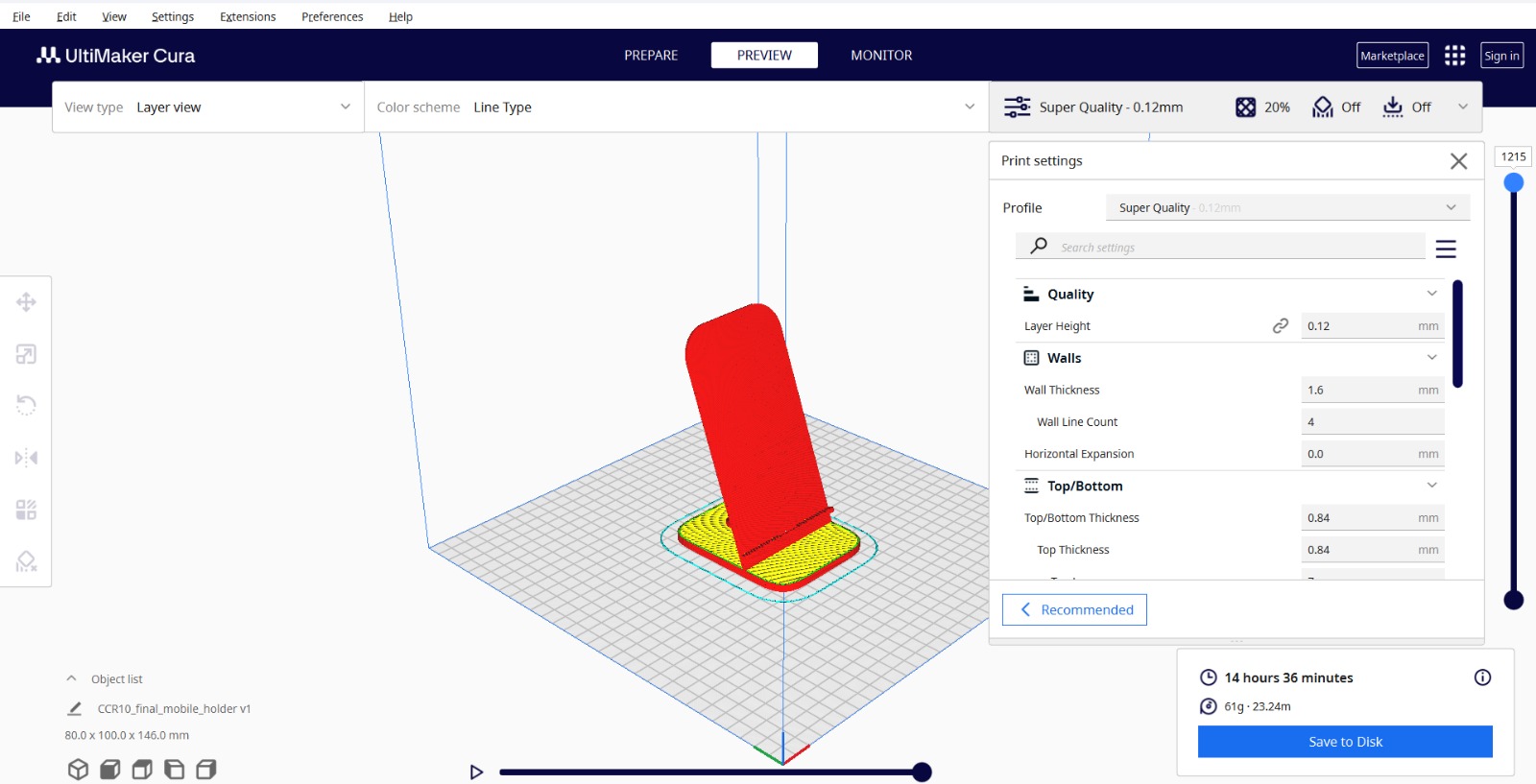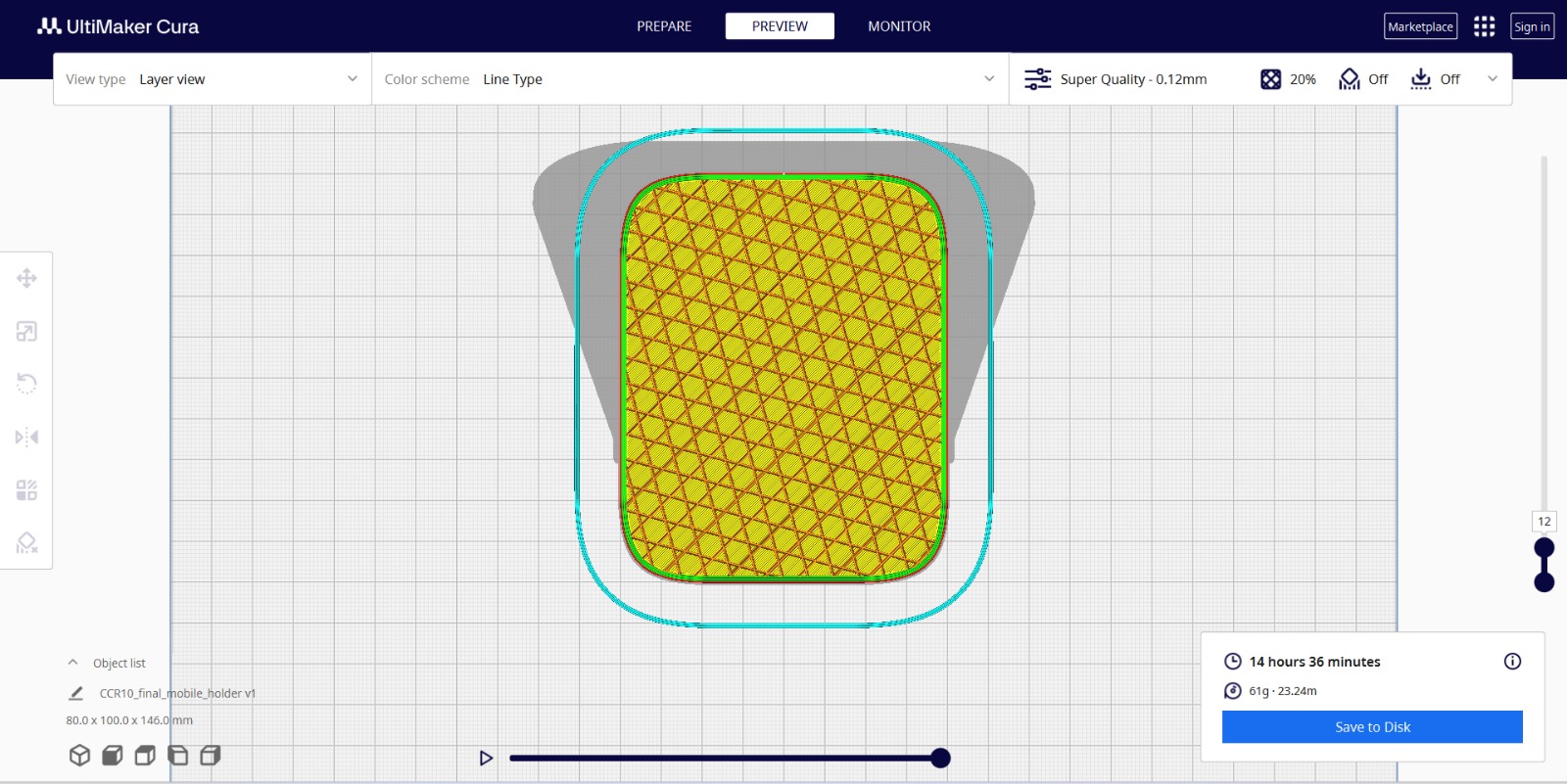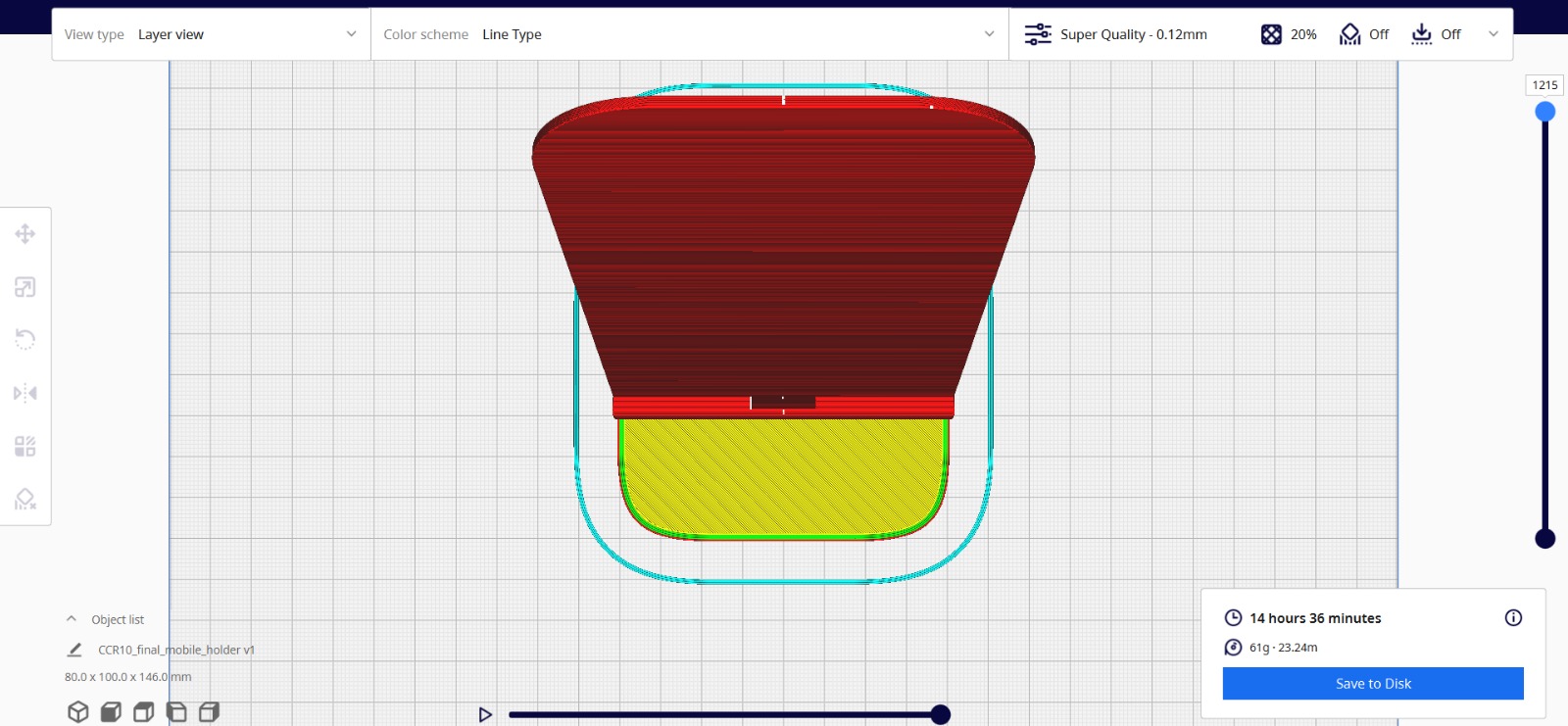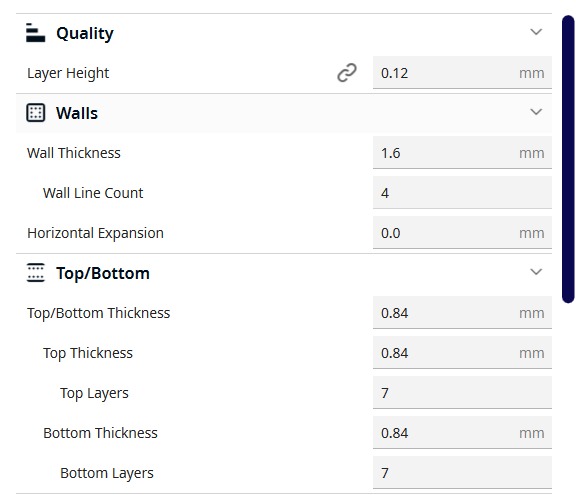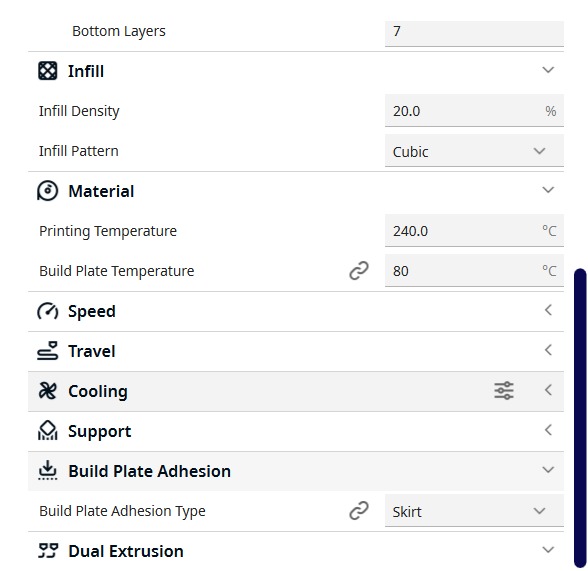3D printing can create complex shapes and structures that would be hard or expensive to make using traditional methods.
It speeds up development by letting designers create prototypes in hours or days, instead of weeks or months. This helps in faster testing and changes.
3D printing allows for easy customization of each item, making it perfect for things like prosthetics or custom consumer products.
Unlike traditional methods, 3D printing doesn't need molds or expensive tools, which reduces the initial cost and time.
Since 3D printing adds material layer by layer, it produces much less waste compared to methods that cut material from a bigger block.
As 3D printers become cheaper, small businesses and individuals can now create or prototype their designs on their own.
3D printing encourages creativity by allowing designers to experiment with new designs and materials that were once difficult to make.
There are fewer material options in 3D printing compared to traditional methods, and some materials, like certain metals, can be hard to print.
Most affordable 3D printers have small build areas, limiting the size of objects you can print. Larger printers exist, but they are much more expensive.
3D printed parts can be weaker than those made with traditional methods, especially if not designed or treated properly.
The layer-by-layer process can leave a rough surface, which may need extra work like sanding or smoothing to improve the finish.
While 3D printing is great for prototypes or small batches, it can be slower and more expensive than traditional methods like injection molding for large-scale production.
Using a 3D printer and optimizing designs requires some technical skills and expertise.
Many 3D printed parts need extra work after printing, like cleaning or curing, which adds time and cost to the process.
I decided to print a mobile phone holder. I designed it using generative design in Fusion 360.
I assigned the Preserve geometry, Obstacle, and starting shape.
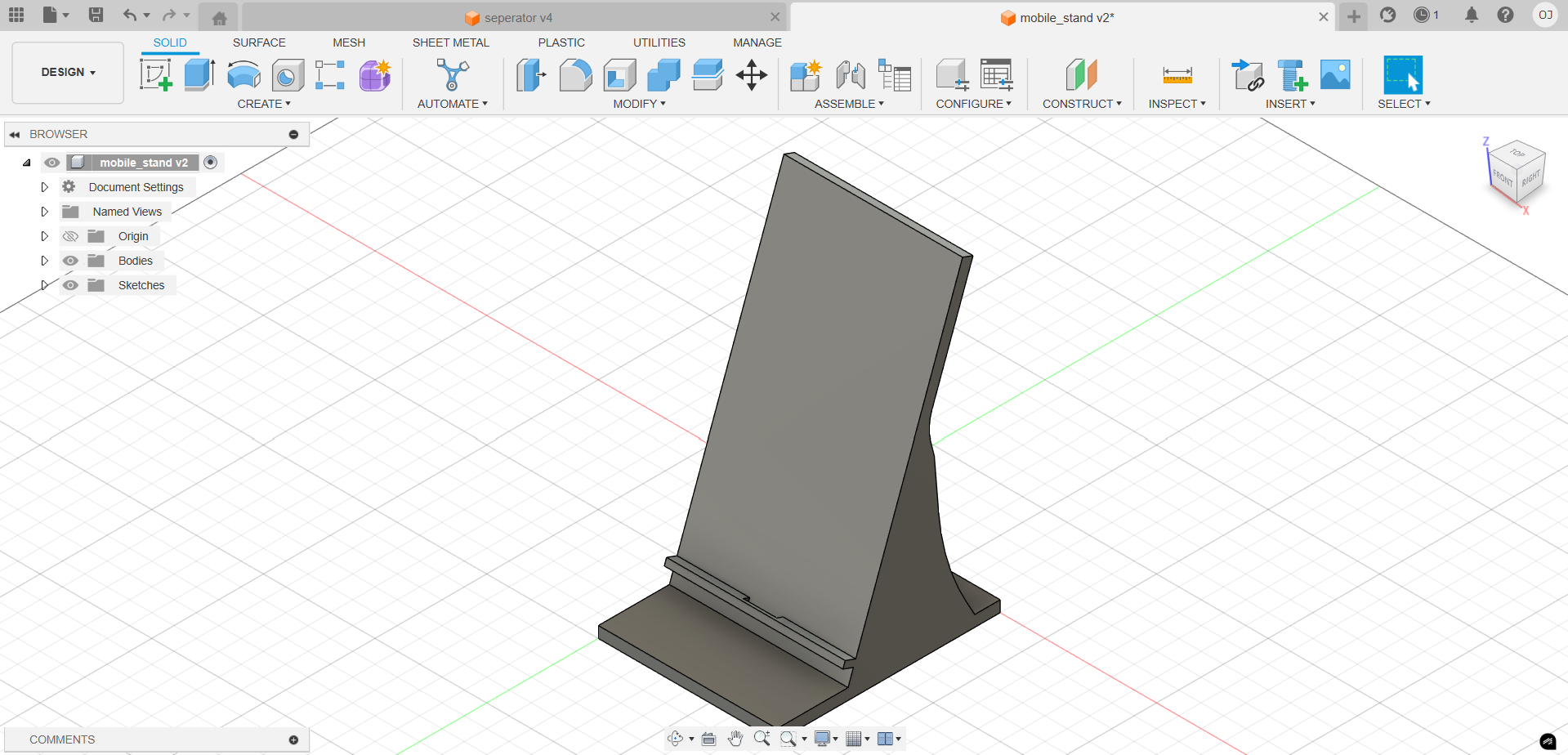
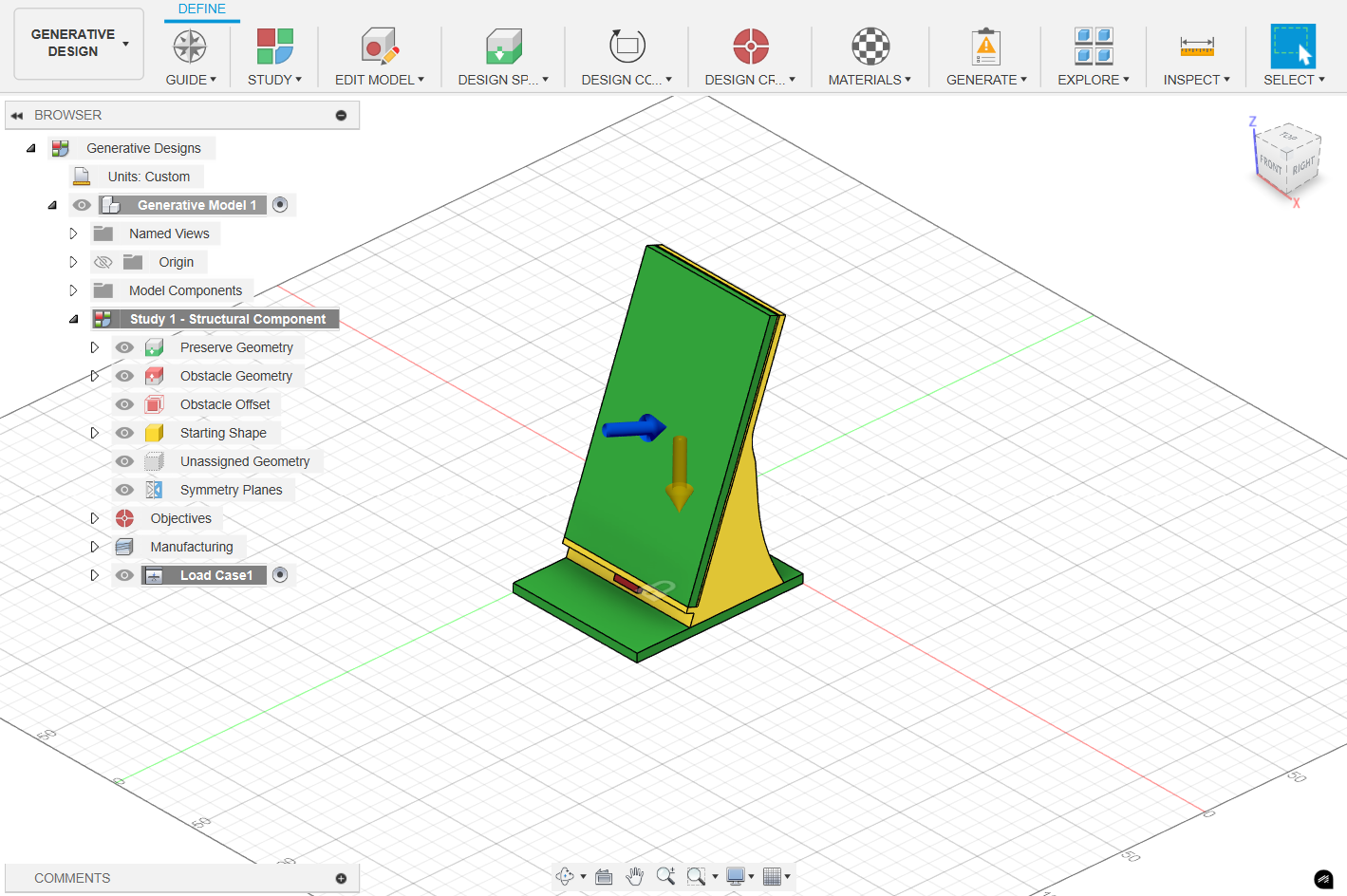
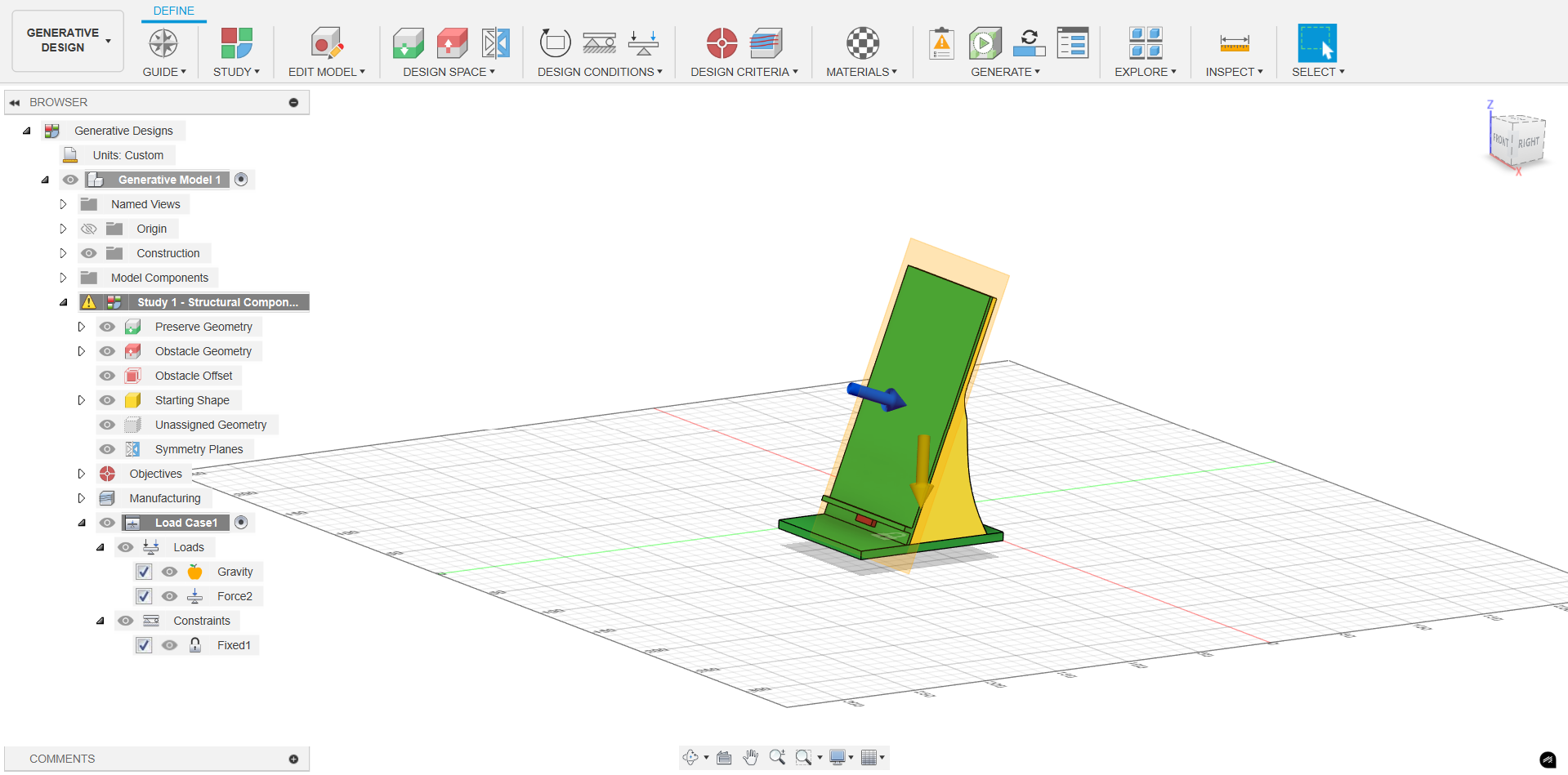
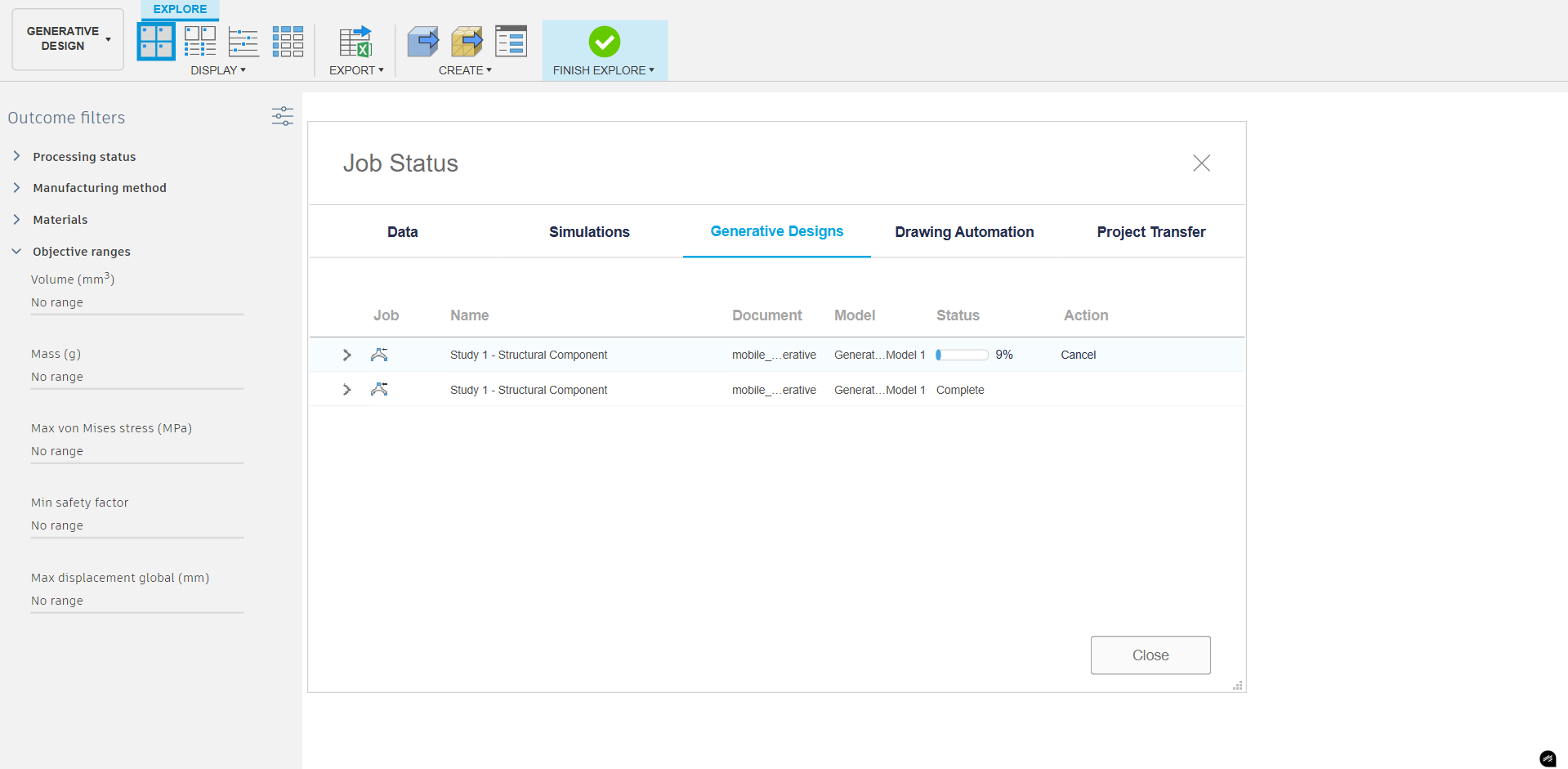
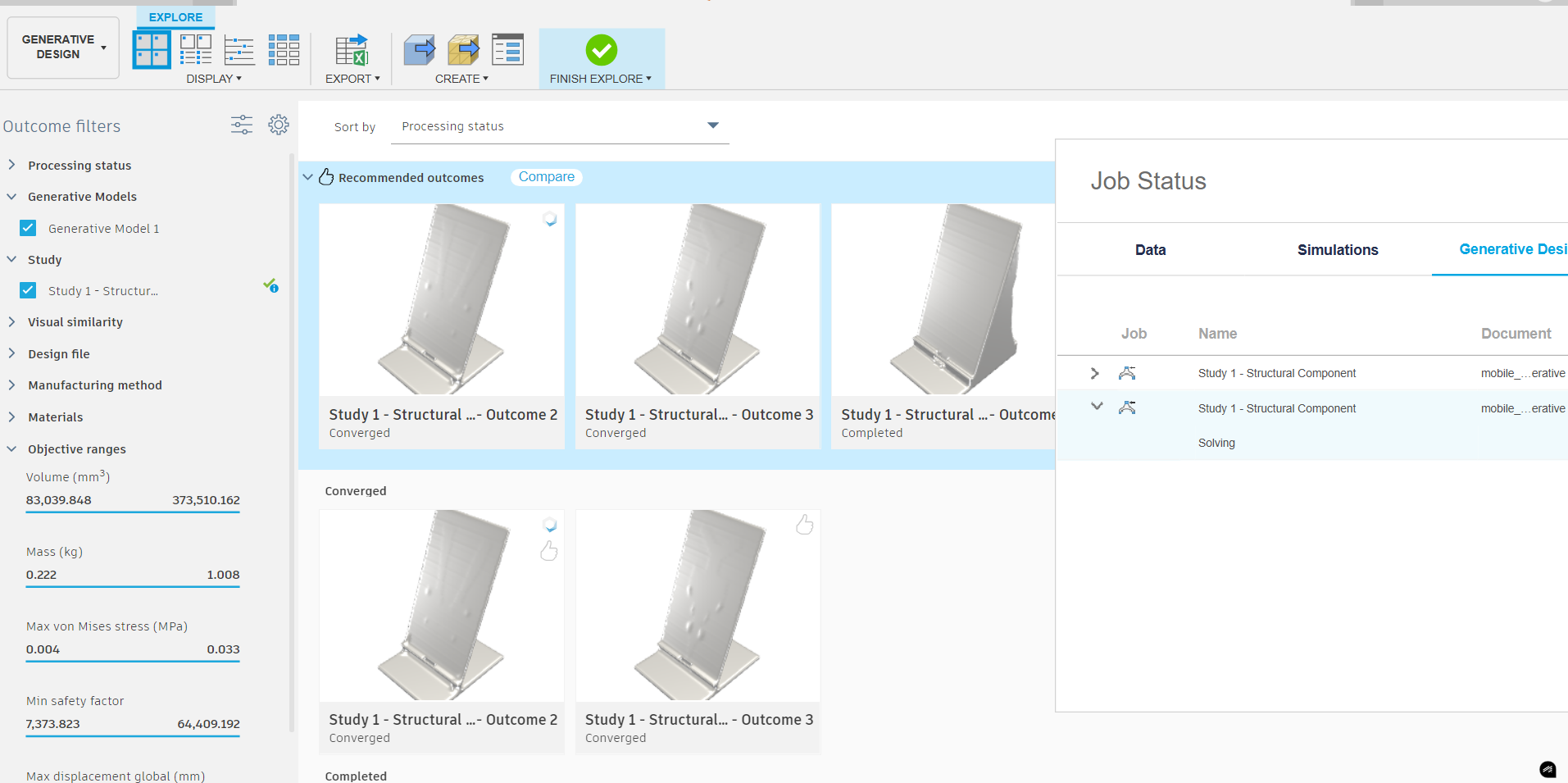
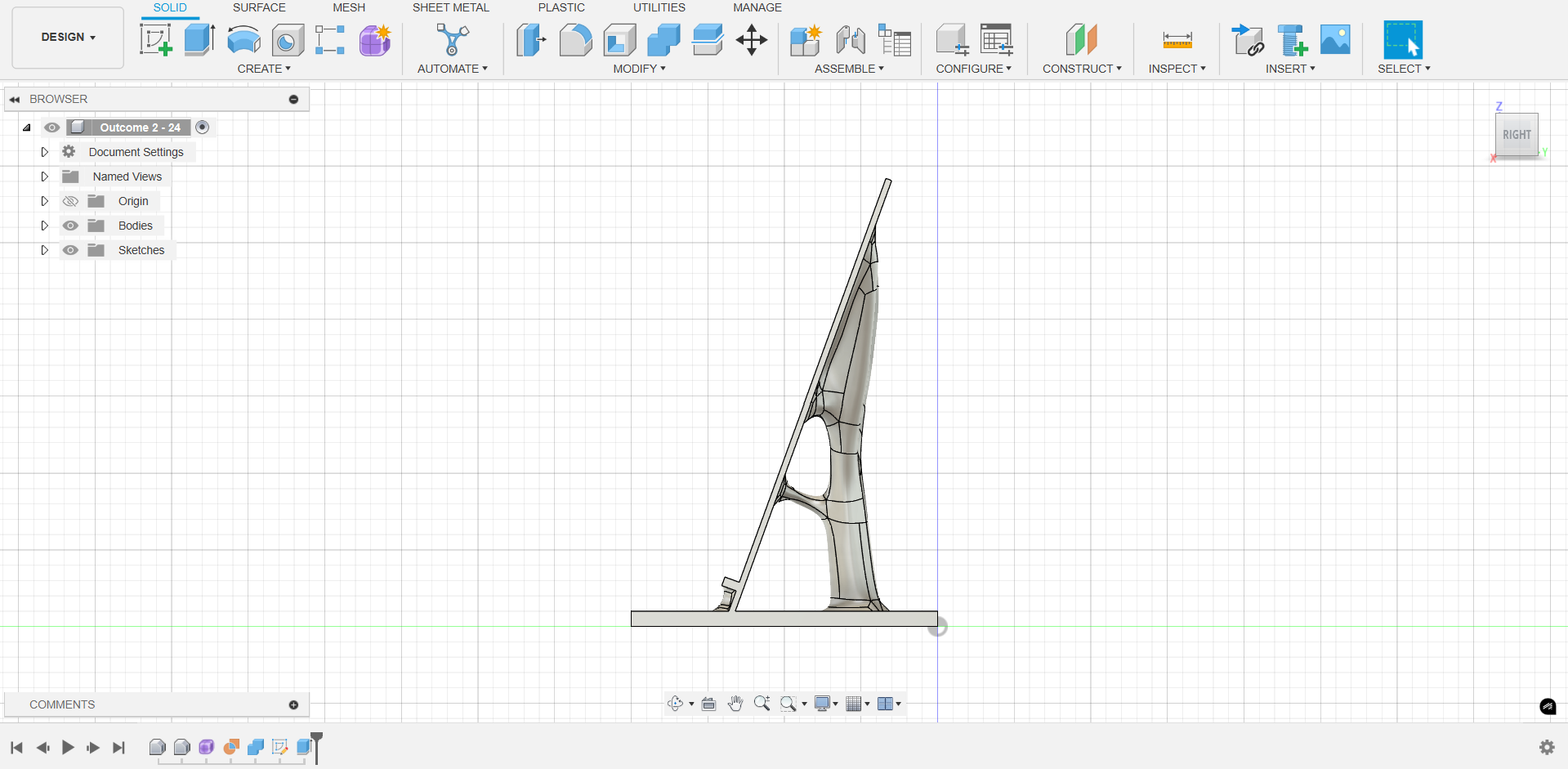
The final output of the generative design was exported as an STL file.
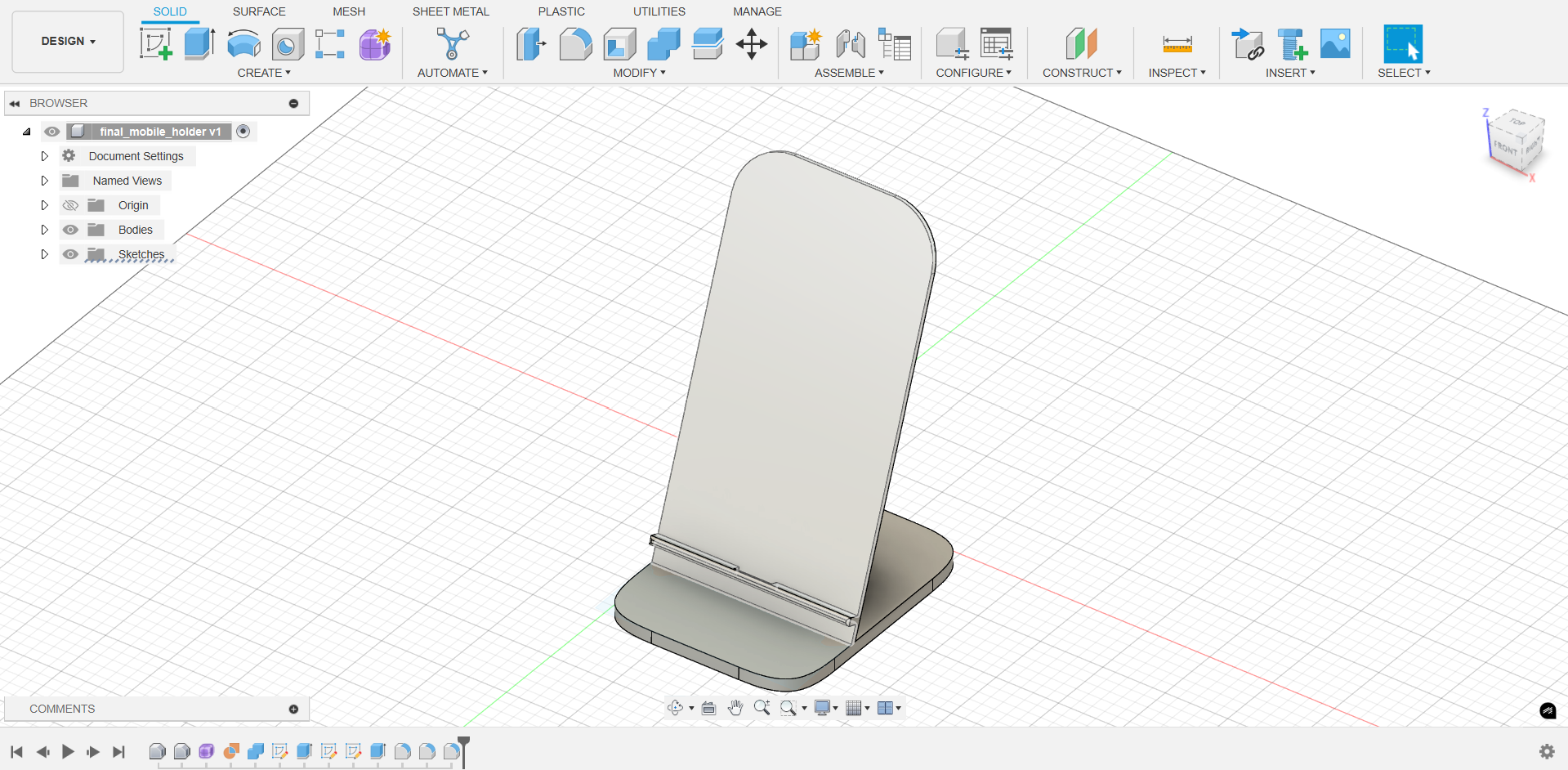
I decided to slice the design using Cura.
